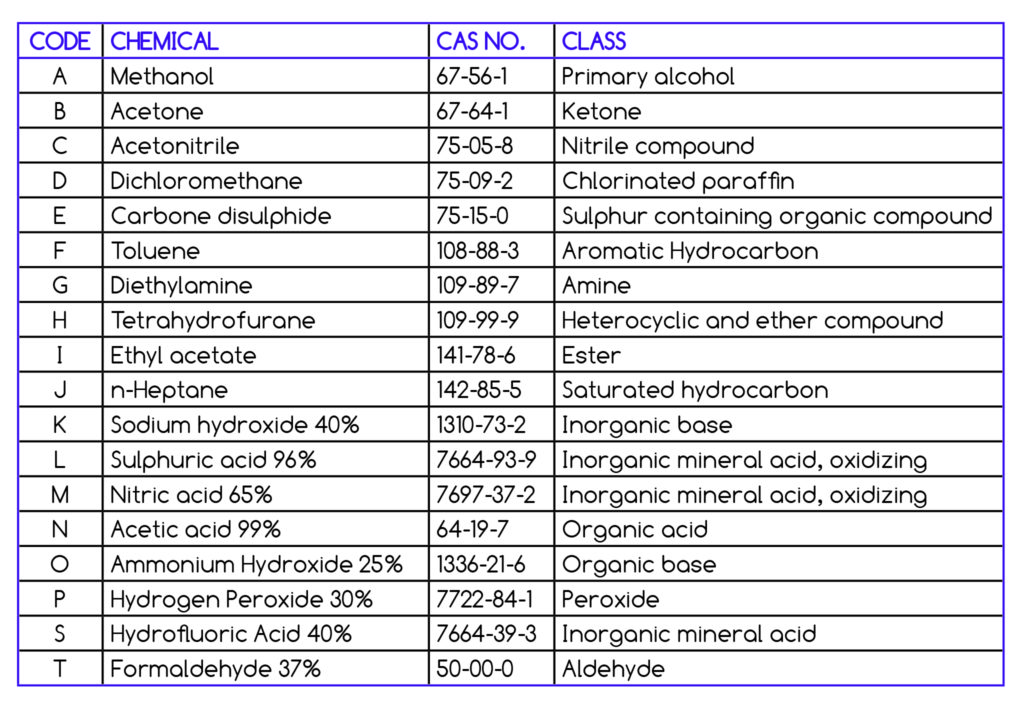EN 374 Chemicals & Microorganisms
Glove protection against the penetration of chemicals and microorganisms.
The standard EN 374 Chemicals & Microorganisms for protective gloves specifies the requirements for a glove to provide protection against penetration of chemicals and microorgamisms. Penetration (Non-molecular level) referring to the movement of a chemical or microorganism through the protective glove material, seams, holes.
The minimum liquid-proof section of the glove shall be at least equal to the minimum length of the gloves specified in EN420.
Penetration: The glove shall not leak water or air when tested according to penetration, EN374-2:2014.
Chemicals can negatively affect glove materials they come in contact with.
EN374-4:2013 defines the level of degradation for each chemical. The degradation result, in percentage (%), shall be reported in the user instruction.
PERMEATION
Permeation (Molecular Level) refers to the ability of a liquid to penetrate the glove with the potential to come in contact with skin.
The ‘chemical resistant’ glove pictogram displays a digit codes below it, which indicate the chemicals for which a breakthrough time of at least 30 minutes has been obtained.
The following are the parameters for the breakthrough time testing:
- TYPE A – 30 minutes (level 2) against minimum 6 test chemicals
- TYPE B – 30 minutes minimum against 3 chemicals
- TYPE C – 10 minutes (level 1) against minimum 1 test chemical
All chemicals listed above shall be tested for permation.

The ‘Micro-organism’ pictogram can be displayed if the glove conforms to at least performance 2 in the penetration test.
Looking for a Glove Box or Isolator?
Contact us to discuss potential applications for containment in your Laboratory


